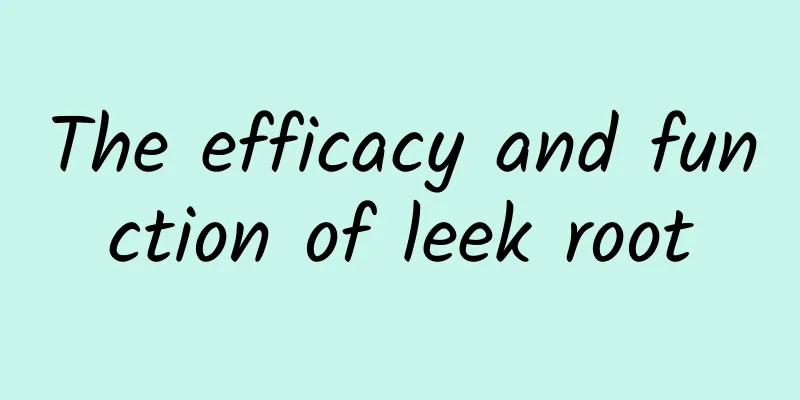The elderly love to take naps, that may not be due to sleepiness

|
Daytime napping in older adults is normal in the aging process, but it can also be a sign of Alzheimer's and other dementias. Once diagnosed with dementia or its common precursor, mild cognitive impairment, older adults rapidly increase the frequency and/or duration of naps, according to a new study. The study was conducted jointly by the University of California, San Francisco (UCSF), Harvard Medical School, and Brigham and Women's Hospital. Dementia may affect wakefulness-promoting neurons in a key area of the brain, the study suggests, contradicting the theory that older people take daytime naps simply to make up for lost sleep at night. The related research was published in Alzheimer's & Dementia on March 17. Copyright image, no permission to reprint "After adjusting for the quantity and quality of nighttime sleep, we found that the association between excessive daytime napping and dementia remained," said co-author Yue Leng of the UCSF Department of Psychiatry and Behavioral Sciences. For the study, researchers tracked data from 1,401 older adults who had been followed for 14 years by the Rush Memory and Aging Project at the Rush Alzheimer's Center in Chicago. The participants, whose average age was 81 and about three-quarters were women, wore a watch-like device that tracked their movements, with each long period of inactivity between 9 a.m. and 7 p.m. defined as a nap. Each participant wore the device continuously for 14 days per year and underwent annual neuropsychological testing to assess cognitive abilities. At the start of the study, 75.7% of the participants had no cognitive impairment, while 19.5% had mild cognitive impairment and 4.1% had Alzheimer's disease. For participants without cognitive impairment, daytime napping increased by an average of 11 minutes per year. After being diagnosed with mild cognitive impairment, that time rose to 24 minutes; after being diagnosed with Alzheimer's, that time rose to 68 minutes. Copyright image, no permission to reprint The researchers looked at 24 percent of the participants. They had normal cognitive abilities at the start of the study but developed Alzheimer's disease six years later. The researchers compared them with people whose cognitive abilities remained stable and found differences in their napping habits. Participants who napped for more than an hour a day had a 40% higher risk of developing Alzheimer's disease compared to those who napped less than an hour a day; participants who napped at least once a day had a 40% higher risk of developing Alzheimer's disease compared to those who napped less than once a day. This finding confirms the results of a 2019 study conducted by Leng, which showed that older adults who napped for two hours a day had a higher incidence of cognitive impairment than those who napped for less than 30 minutes a day. The researchers say a study by other UCSF researchers could explain the increase in napping. The study compared postmortem brains of people with Alzheimer's with those without cognitive impairment and found that people with Alzheimer's had fewer wakefulness-promoting neurons in three areas of the brain. These neuronal changes appeared to be linked to tau tangles — a hallmark of Alzheimer's disease characterized by increased activity of enzymes that cause proteins to misfold and clump. “I don’t think we have enough evidence to draw a causal conclusion that napping itself causes cognitive decline, but excessive napping during the day could be a sign of accelerated aging or cognitive decline.” "It would be very interesting to conduct future studies to explore whether napping interventions could help slow down age-related cognitive decline," Leng said. Source: China Science Daily Author: Wen Lele Related paper information: https://doi.org/10.1002/alz.12636 The watermarked images in this article are from the copyright gallery, and the image content is not authorized for reprinting |
>>: Why do my hands peel when the seasons change? It’s not just a lack of vitamins!
Recommend
What is the effect of bitter girl?
Bitter girl is a kind of plant Chinese medicine, ...
I never expected that | Why do I suddenly not recognize a word after looking at it for a long time?
Review expert: Chen Mingxin, national second-leve...
The efficacy and function of golden chicken cowpea
Golden Rooster Cowpea can not only supplement the...
The efficacy and function of Xia Wan
For Chinese medicinal materials such as Xia Wan, ...
What are the medicinal properties of Chinese medicine Angelica sinensis?
Speaking of Angelica, everyone knows that it is a...
The efficacy and function of the stem of Catalpa striata
The stem of the Chinese wolfberry tree is a medic...
The efficacy and function of douma
As a traditional Chinese medicine, do you know th...
Look at the Olympics scientifically: Do you know these 9 little-known facts about the Olympics?
At the 33rd Summer Olympic Games held in Paris, F...
Classic prescription for nourishing spleen and kidney
The spleen and kidneys are important organs in ou...
The efficacy and function of long-leaved fern
Long-leaf fern is a traditional Chinese medicine....
The efficacy and function of blue flower side marigold
The essence of traditional Chinese medicine is to...
The efficacy and function of sea cucumber
Do you know about Round-calyx Sea Cucumber? It is...
The efficacy and function of Polygonum multiflorum root
Traditional Chinese medicine has always been the ...
The efficacy and function of Huaxi Xiaoshiji
As people's living standards continue to impr...
What are the medicinal values of red warty newt?
The red-scrofulous newt is a kind of amphibian, b...









